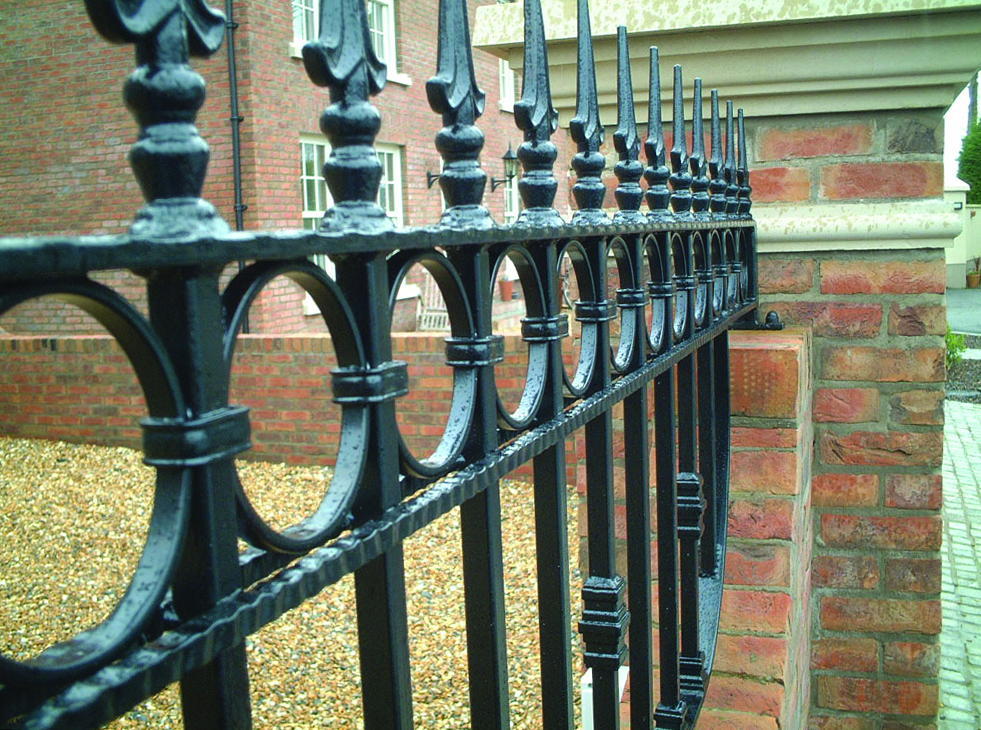How to Paint Metal Surfaces: Step-by-Step Guide

Painting metal might seem straightforward, but the key to a long-lasting, professional finish lies in proper preparation. Poor preparation is the main reason metal paint fails, leading to flaking, rust, and peeling. This guide will show you exactly how to clean, prime, and paint both ferrous and non-ferrous metals.
Painting metal might seem straightforward, but the key to a long-lasting, professional finish lies in proper preparation. Poor preparation is the main reason metal paint fails, leading to flaking, rust, and peeling. This guide will show you exactly how to clean, prime, and paint both ferrous and non-ferrous metals.
1. Clean and Remove Rust from Ferrous Metals
Ferrous metals, such as steel, iron, and wrought iron, are prone to rust when exposed to moisture and oxygen. Before painting, all loose rust, old paint, and surface contaminants must be removed.
Steps:
- Use a chisel scraper, wire brush, or disk sander with aluminium-oxide paper to remove rust and loose paint.
- Wear safety gear such as gloves, eye protection, and a dust mask to protect against particles.
- Rinse the surface thoroughly with water to remove dust and rust particles. Allow it to dry completely.
- On new metal, use a solvent cleaner to remove mill oil, grease, or other residues that can prevent paint from adhering.
Proper cleaning ensures the primer and paint adhere effectively and extends the lifespan of your metal surface.
Ferrous metals, such as steel, iron, and wrought iron, are prone to rust when exposed to moisture and oxygen. Before painting, all loose rust, old paint, and surface contaminants must be removed.
Steps:
- Use a chisel scraper, wire brush, or disk sander with aluminium-oxide paper to remove rust and loose paint.
- Wear safety gear such as gloves, eye protection, and a dust mask to protect against particles.
- Rinse the surface thoroughly with water to remove dust and rust particles. Allow it to dry completely.
- On new metal, use a solvent cleaner to remove mill oil, grease, or other residues that can prevent paint from adhering.
Proper cleaning ensures the primer and paint adhere effectively and extends the lifespan of your metal surface.
2. Prime Quickly After Cleaning
After cleaning, apply a suitable metal primer immediately – rust can start forming within days if left exposed.
Tips for priming:
- Choose a rust-inhibitive primer designed for the specific metal type.
- Apply evenly and follow the manufacturer’s recommended thickness.
- Consider a second coat for enhanced protection, especially for outdoor surfaces.
- Avoid contaminating the primer with used brush residue, which can reduce effectiveness.
Priming provides a strong bond between the metal and the top coat, while preventing further corrosion.
After cleaning, apply a suitable metal primer immediately – rust can start forming within days if left exposed.
Tips for priming:
- Choose a rust-inhibitive primer designed for the specific metal type.
- Apply evenly and follow the manufacturer’s recommended thickness.
- Consider a second coat for enhanced protection, especially for outdoor surfaces.
- Avoid contaminating the primer with used brush residue, which can reduce effectiveness.
Priming provides a strong bond between the metal and the top coat, while preventing further corrosion.
4. Painting Galvanised or Non-Ferrous Metal
Galvanised metals (zinc-coated steel) and non-ferrous metals like aluminium or copper require a slightly different approach:
- Special primers or etch primers may be needed to ensure proper adhesion.
- Avoid using standard primers meant for ferrous metals, as they may not bond effectively.
- Always follow manufacturer recommendations for top coats suitable for these surfaces.
Properly preparing galvanised and non-ferrous metals prevents premature peeling and ensures a long-lasting finish.
Head to our guide on How To Prepare Galvanised Metal Surfaces Prior To Painting for more information.
Galvanised metals (zinc-coated steel) and non-ferrous metals like aluminium or copper require a slightly different approach:
- Special primers or etch primers may be needed to ensure proper adhesion.
- Avoid using standard primers meant for ferrous metals, as they may not bond effectively.
- Always follow manufacturer recommendations for top coats suitable for these surfaces.
Properly preparing galvanised and non-ferrous metals prevents premature peeling and ensures a long-lasting finish.
Head to our guide on How To Prepare Galvanised Metal Surfaces Prior To Painting for more information.
3. Select the Right Paint for Metal
For ferrous metals exposed to the elements, an acrylate rubber-based topcoat is highly recommended. This type of paint:
- Offers superior durability, often lasting 2–4 times longer than conventional paints.
- Dries quickly and withstands extreme weather conditions.
- Provides a flexible coating that resists cracking and peeling.
Choosing the right paint ensures your metal surfaces maintain a smooth, protective finish for years.
For ferrous metals exposed to the elements, an acrylate rubber-based topcoat is highly recommended. This type of paint:
- Offers superior durability, often lasting 2–4 times longer than conventional paints.
- Dries quickly and withstands extreme weather conditions.
- Provides a flexible coating that resists cracking and peeling.
Choosing the right paint ensures your metal surfaces maintain a smooth, protective finish for years.
Key Takeaways
- Preparation is critical: Clean, de-rust, and degrease metal before painting.
- Prime quickly: A good primer prevents rust and improves paint adhesion.
- Choose the right paint: Weather-resistant, flexible coatings give the best long-term results.
- Different metals, different methods: Galvanised and non-ferrous metals need specialized primers and paints.
Following these steps guarantees a smooth, durable, and attractive metal finish, whether for furniture, railings, machinery, or outdoor structures.
- Preparation is critical: Clean, de-rust, and degrease metal before painting.
- Prime quickly: A good primer prevents rust and improves paint adhesion.
- Choose the right paint: Weather-resistant, flexible coatings give the best long-term results.
- Different metals, different methods: Galvanised and non-ferrous metals need specialized primers and paints.
Following these steps guarantees a smooth, durable, and attractive metal finish, whether for furniture, railings, machinery, or outdoor structures.
Need More Advice on Metal Preparation?
Our technical team are on hand to offer advice and product recommendations on any metal painting projects. Call 01234 846 780 or email uksales@polycote.com.







